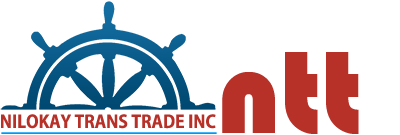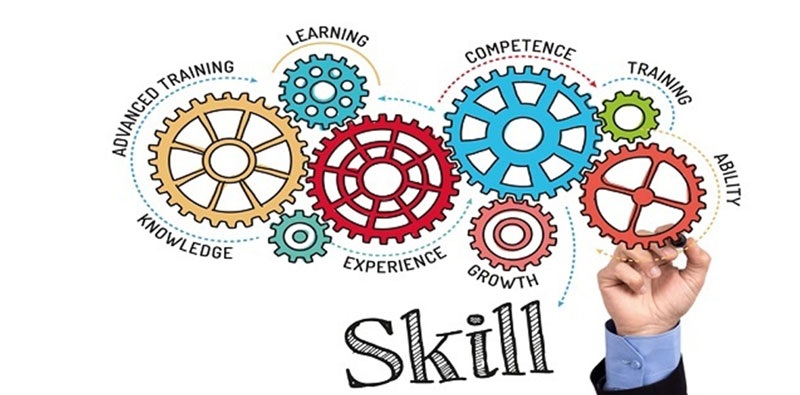Other probable causes that could have been responsible for the human errors that led to the collisions include but not limited to; improper hazard management training managerial decisions that are faulty (sometimes the skills held by the crew might be irrelevant and inapplicable), lack of sufficient knowledge and practical experience especially among the Deck officers who are in charge of the bridge on their watch. This normally happens when there are many interns instead of experienced crew to learn the manner in which vessel operations are carried out.
Most of these human factors and errors go mostly to the persons in charge of the ship bridge which has the responsibility to navigate the vessel safely. So basically, we are talking about a very limited number of people who includes deck officers and Masters which has direct roles in the avoidance of collision between two ships. Improper or not taking a decision at all, doubtless of the action needed to be taken, late taking actions, lack of taking advise from other officers, lack of supervisions, lack of confidences, and many other reasons which a person in charge of the navigation of the vessel, can have it due and only due to lack of sufficient supervised experience.
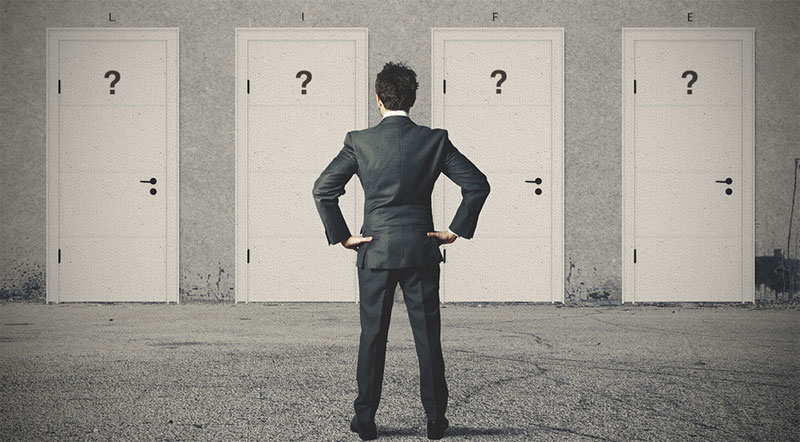
“A small lapse in judgment or a quick bob of the head can set off a series of events that may lead to a tragic” said by Hyde, J. With all these reasons there is a likelihood that someone is likely to commit an error that could translate to a very big and fatal collisions potentially able to lead to loss of several lives especially those of the crew not forgetting the damage in property that can be accrued by one of the factors that can lead to human error. Therefore, The M.T. Sanchi and CF Crystal collision could have been as a result of the above-discussed factors from the crew of both vessels involved, that saw 32 lives of the crew members lose their lives and other financial lose.
However as much as one would blame human error as a cause of maritime accidents, it’s important to note that maritime industry still needs the manpower for it to run smoothly. Hence even the minor errors that are caused by one person can result in a series of major errors eventually leading to an accident. However, such minor errors should not be entertained in the maritime industry, and therefore it would be important if the crew members knew the serious implication of the minor errors that they tend to ignore. It is also good to ignore the fact that the human resource that was delivering services was inexperienced and lacked the specific expertise that could enable them to navigate in situations where there is a loss of direction or for instances whereby there is need to divert from the course assigned due to the given circumstance in location and time. This is a very important parameter that could be one strong reason for the possibility of collision of Sanchi and Cr Crystal.
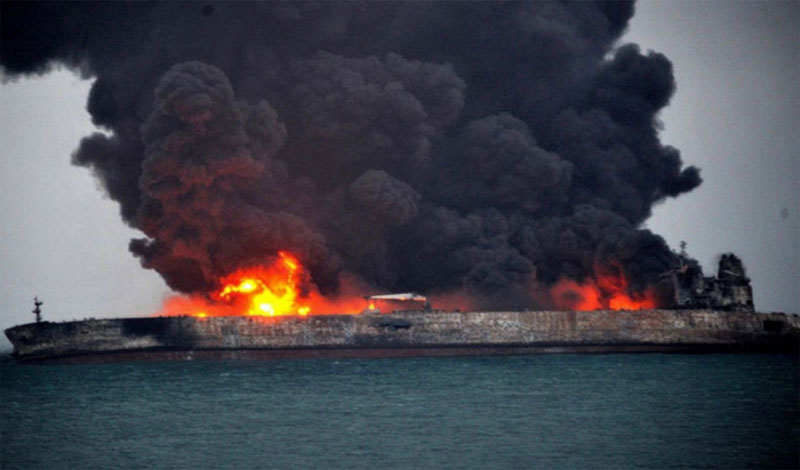
Conclusion
The Motor Tanker Sanchi collision and Bulk Carrier CF Crystal with no doubt was due to human error. Research studies carried out by several monitoring agencies and scholars have shown that up to 96% of the marine collisions reported as a result of human error. During the time of the accident, no irregular weather condition was reported and therefore could not have led to the accident in any way possible. There are a few main reasons why a human could have been the cause of MT. Sanchi accident. Those reasons mostly are; first, it could have been that human error may occur due to the possibility that the crew had deviated from the standard procedures stipulated by the relevant workplace, the rule of the road and the related protocols. Secondly, the human error that led to the accident could have occurred due to miscommunication between two ships’ duty bridge officers. And lastly, lack of sufficient bridge watch experience to follow all protocols when it comes to an emergency situation to which in this case when it came into collision situation. As a result, it becomes necessary for the right procedures to fall in their rightful places so that the factors that make it easy for human errors to take place are avoided.
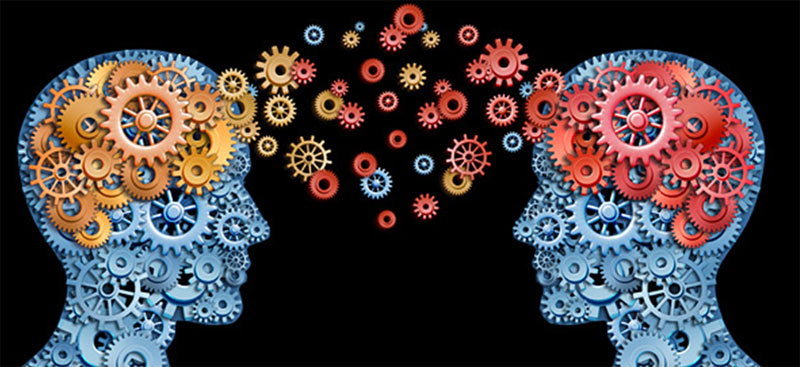
Though it is quite hard for humans to avoid error, keeping distance from the above-identified factors that make it possible for avenues of error to take place will avert accidents caused by human error. We are talking about 96% of the Marine collisions to be mostly in the hand of the few Navigational officers on duty or Masters of the vessels. This seems to be few amongst the whole group of crew, inadequate experience in the dangerous navigational area is the primary reasons for the wrong action or not even taking action when it is required so. To overcome this issue author sees that additional officers acting as co-navigation officer needed to be placed along with the bridge duty officer all the time. The co-officer watchkeeper to connect the bridge watches between two duty officer watching period. This will increase the level of safety of human connection to the navigational environment while there are two experts on the bridge responsible for the safe navigation of the vessel all the time instead of one. This will considerably increase the level of safety on human errors.
Nilokay Trans Trade inc is here for all of your chartering needs. Please contact us today (416) 548-5900 for help!
